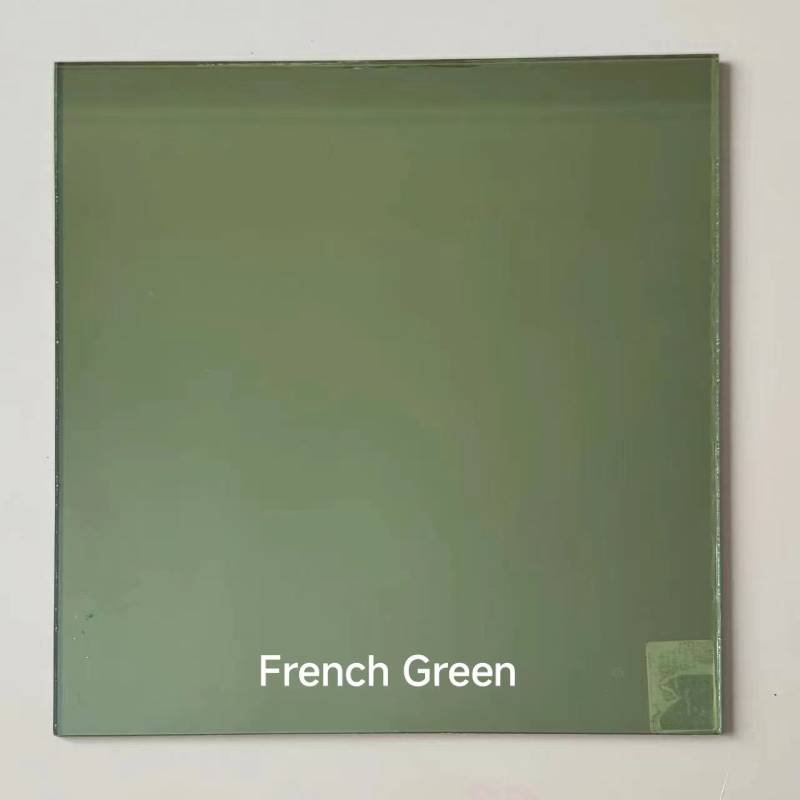

The Innovation of Pyrolytic Low-E Glass A Sustainable Step Towards Energy Efficiency
In recent years, the demand for energy-efficient building materials has surged, driven by increasing energy costs and a growing awareness of environmental sustainability. Among these materials, pyrolytic low-emissivity (low-E) glass has emerged as a leading choice for architects and builders aiming to enhance the energy performance of buildings. This advanced glazing technology offers remarkable benefits in terms of thermal insulation, light transmission, and overall sustainability.
What is Pyrolytic Low-E Glass?
Pyrolytic low-E glass is produced through a unique manufacturing process that involves the application of a thin, metallic coating on the surface of the glass during its production. This coating is created through pyrolytic processes, where the glass is heated to high temperatures, causing certain metal oxides to bond seamlessly to the glass itself. The result is a durable product that retains its energy-efficient properties over time, unlike other forms of low-E glass that may wear off over time.
How Does It Work?
The primary function of low-E glass is to minimize the amount of infrared and ultraviolet light that passes through the glass without compromising natural sunlight. This is achieved through the metallic coating that reflects a significant percentage of solar radiation, thereby reducing heat gain during summer months while allowing sunlight to enter. In colder months, the glass reflects interior heat back into the building, maintaining ambient temperatures and reducing reliance on heating systems.
The key benefit of this dual-action capability is energy efficiency. Buildings equipped with pyrolytic low-E glass can experience substantial reductions in energy consumption, leading to lower utility bills and a smaller carbon footprint. According to studies, the use of low-E glass can improve energy efficiency by up to 25% compared to standard glass options.
Environmental Impact

The environmental advantages of pyrolytic low-E glass extend beyond energy savings. By reducing the need for artificial heating and cooling, buildings utilizing this technology can significantly decrease greenhouse gas emissions. Furthermore, the durability of the pyrolytic coating reduces the need for replacements, limiting waste generation in landfills and promoting a longer lifecycle for the building envelope.
As countries around the world implement stricter building codes and energy efficiency regulations, the necessity for materials like pyrolytic low-E glass becomes even more apparent. It plays a crucial role in meeting sustainability goals, aligning with global initiatives to combat climate change and promote renewable energy sources.
Aesthetic Appeal
Beyond its functional attributes, pyrolytic low-E glass also provides aesthetic benefits. The high clarity and transparency of the glass allow for ample natural light, creating well-lit and inviting interior spaces. Architects appreciate the design flexibility it offers, as it can be integrated into various styles without compromising the visual appeal of a building.
Additionally, the versatility of pyrolytic low-E glass means it can be utilized in diverse applications, including residential homes, commercial buildings, and skyscrapers. The increased demand for green building materials has spurred innovations in the manufacturing processes, ensuring that this technology continues to evolve and improve.
Conclusion
As the construction industry shifts towards greener practices and energy-efficient solutions, pyrolytic low-E glass stands out as a pioneering product. By harnessing the power of advanced glazing technology, this innovative material not only enhances energy performance but also contributes to a more sustainable future. With the benefits of improved insulation, reduced energy costs, and a lower environmental impact, the incorporation of pyrolytic low-E glass in building design is a step forward in the quest for ecological responsibility. As we move forward, adopting such materials will be essential in building a sustainable world for future generations.